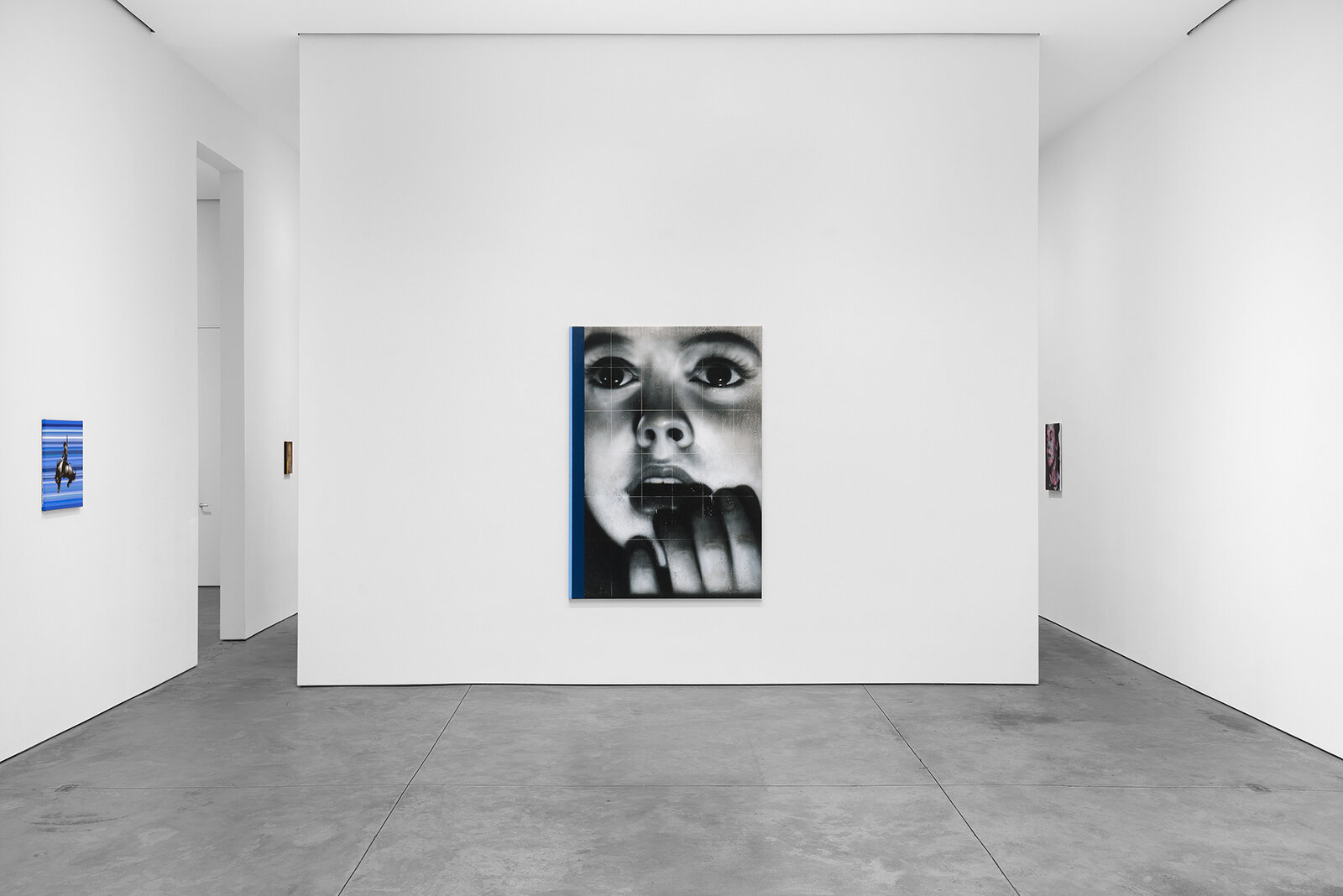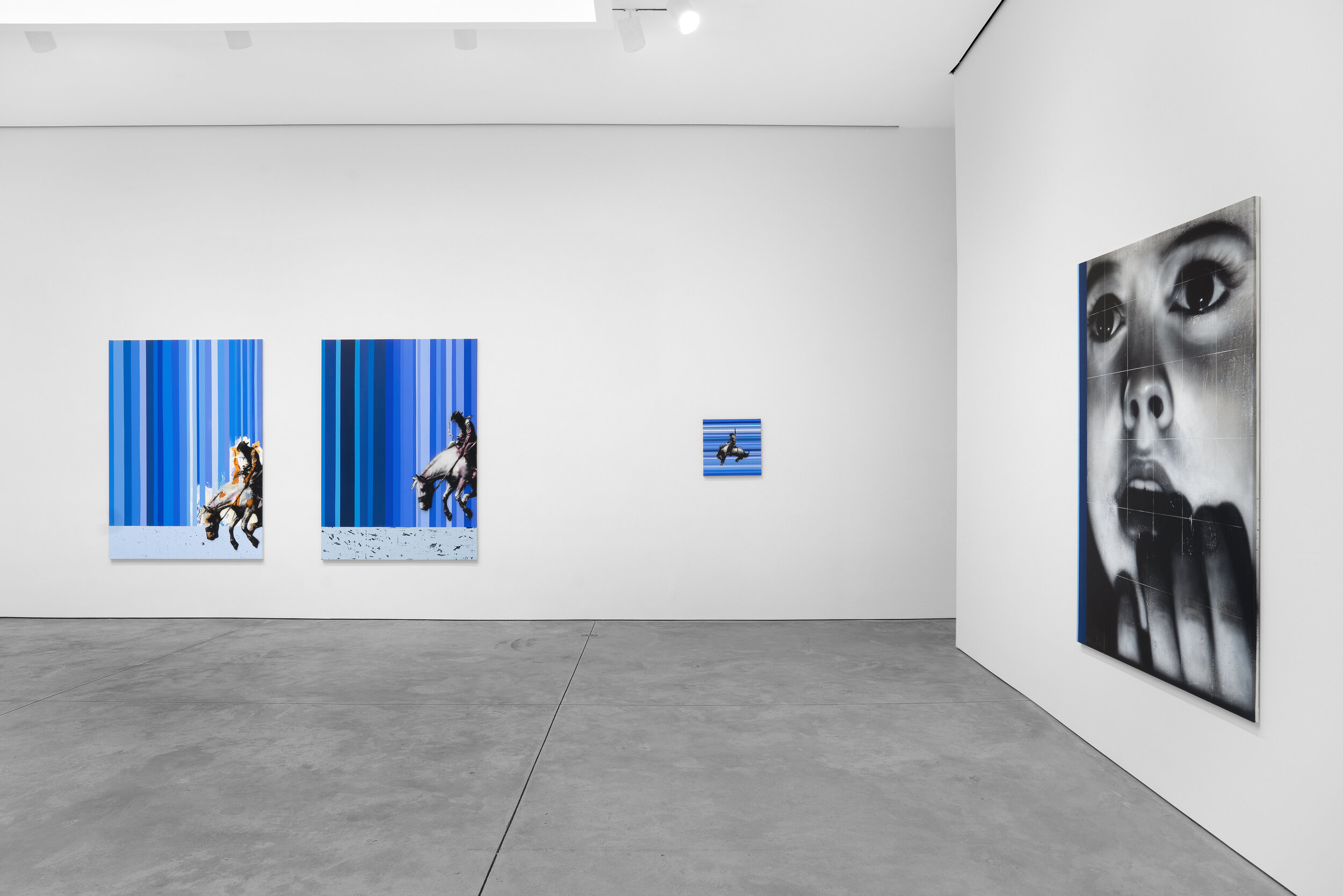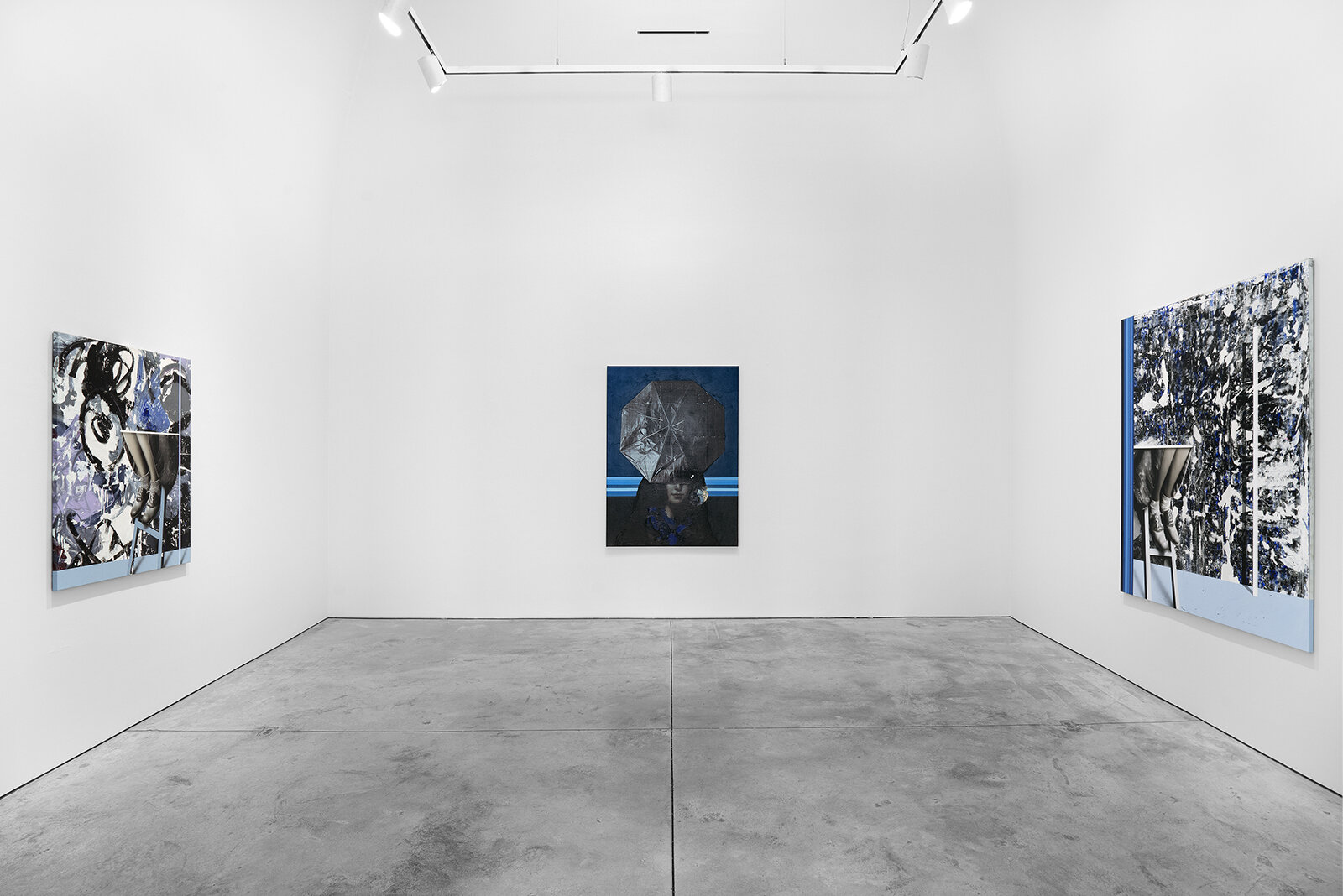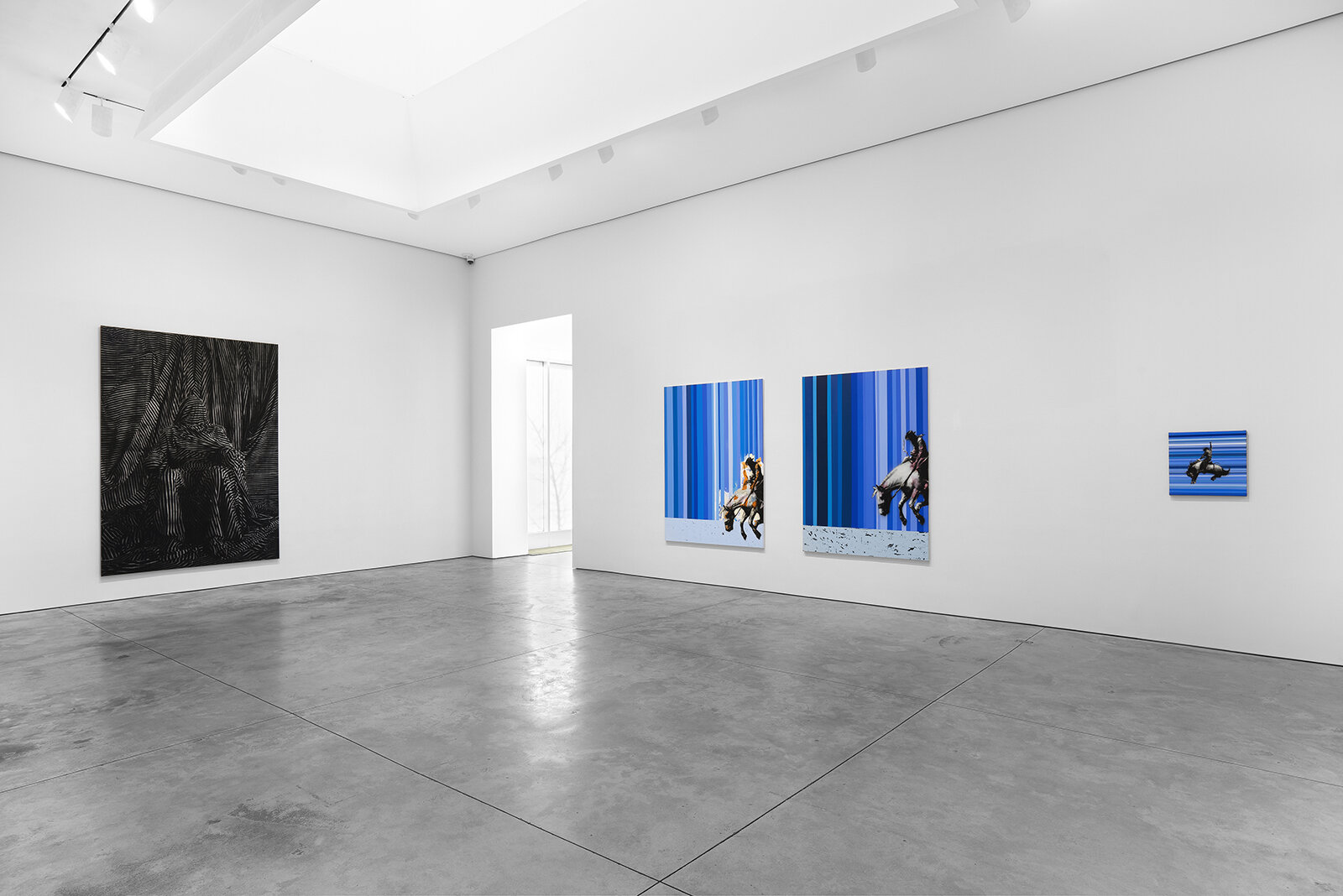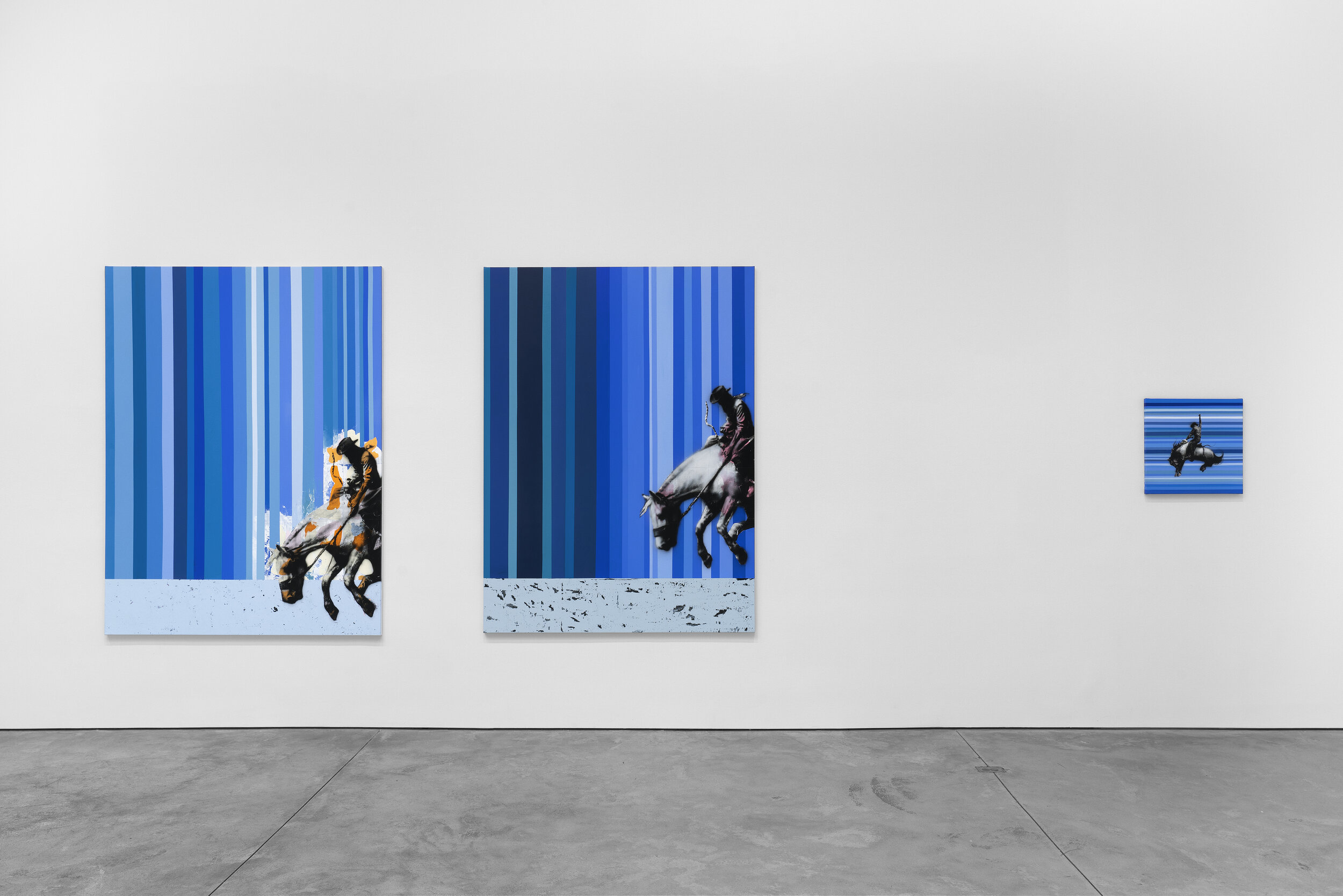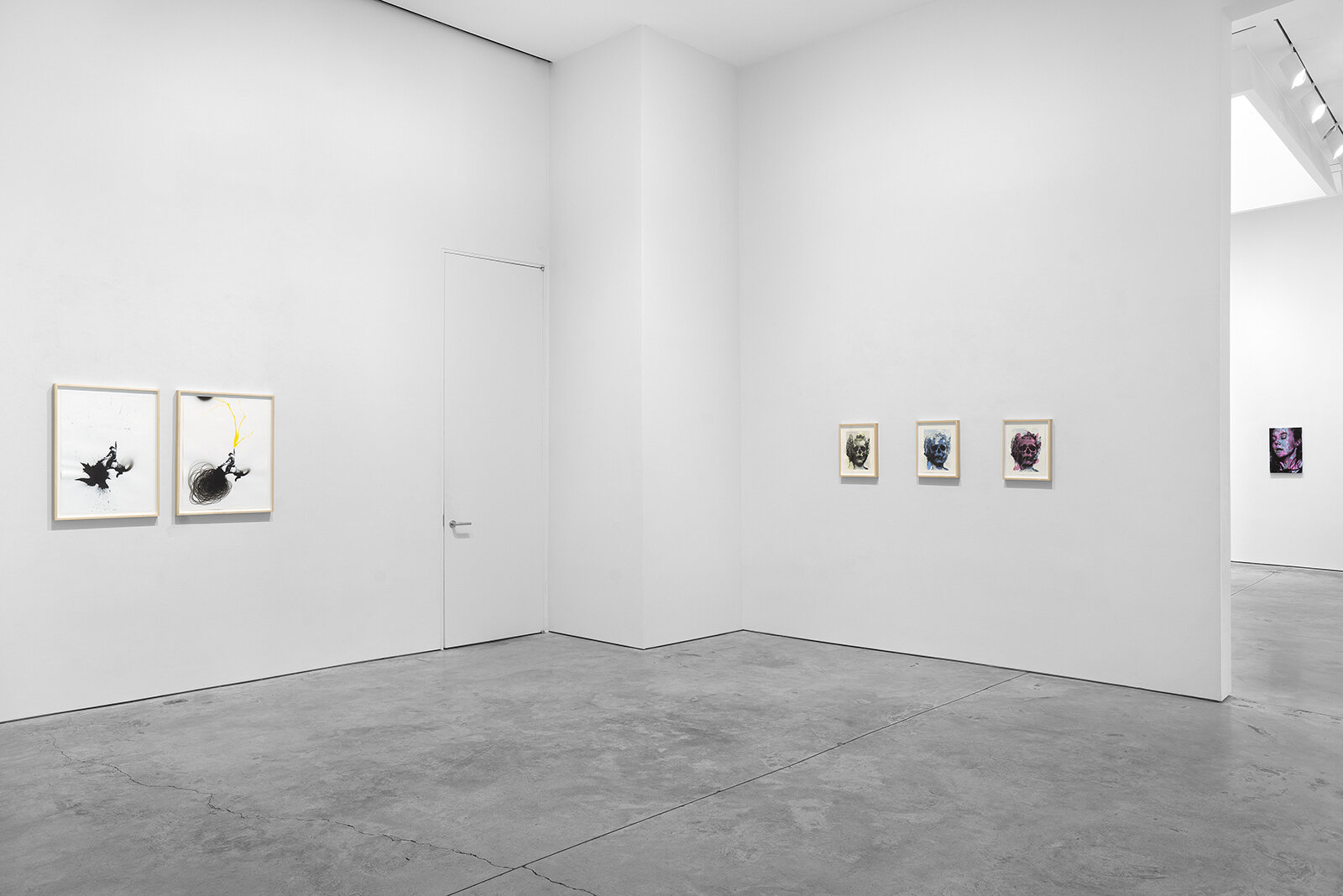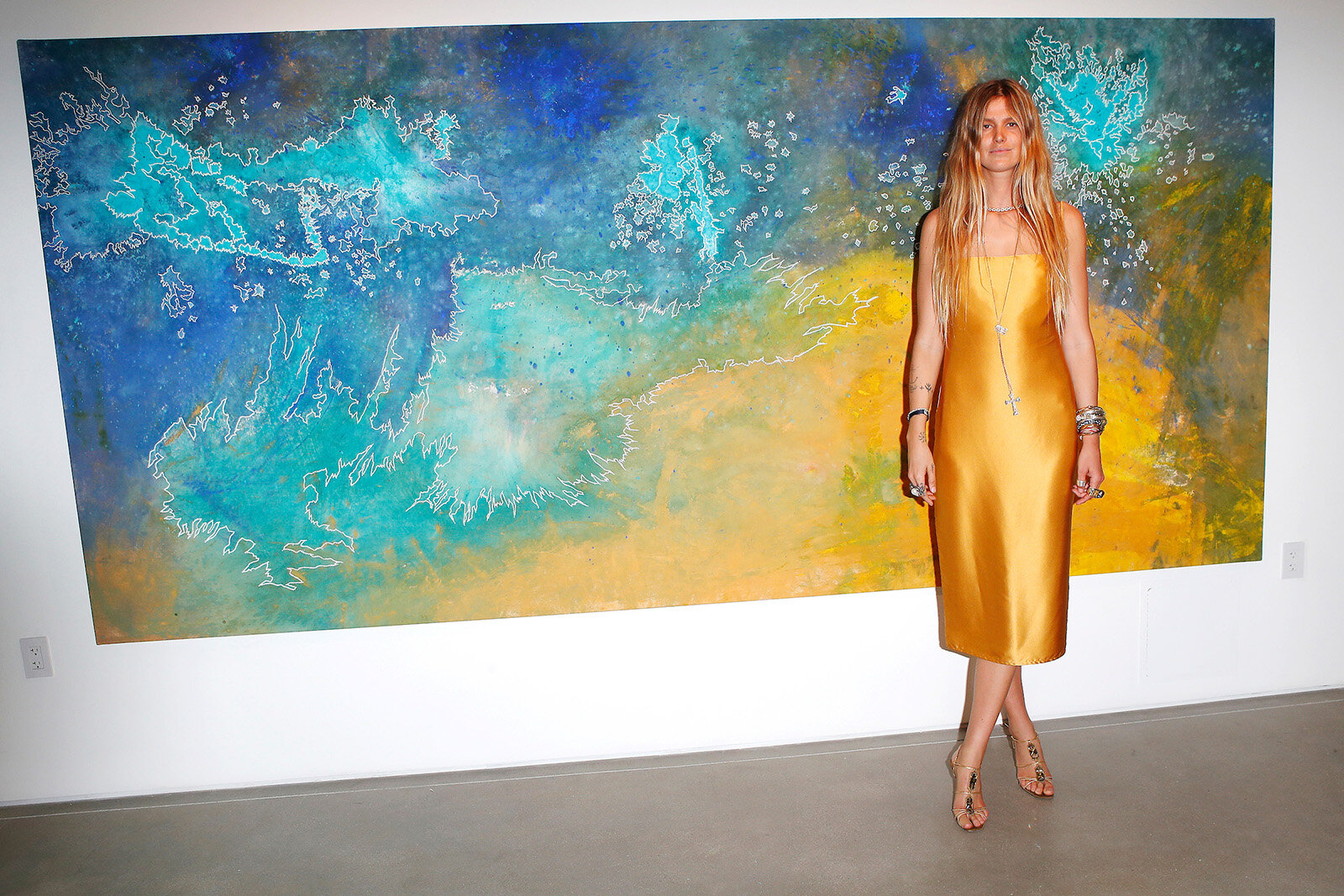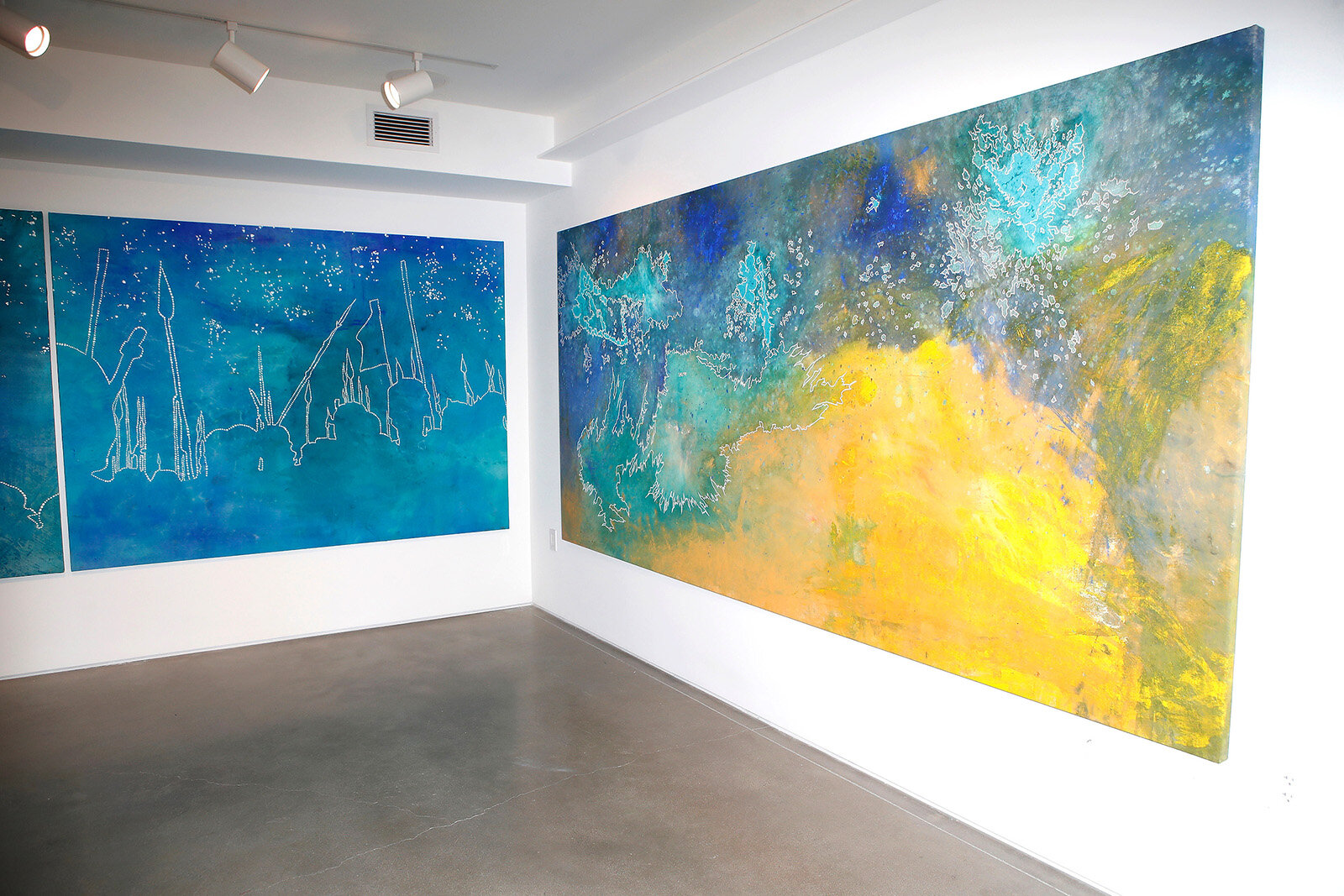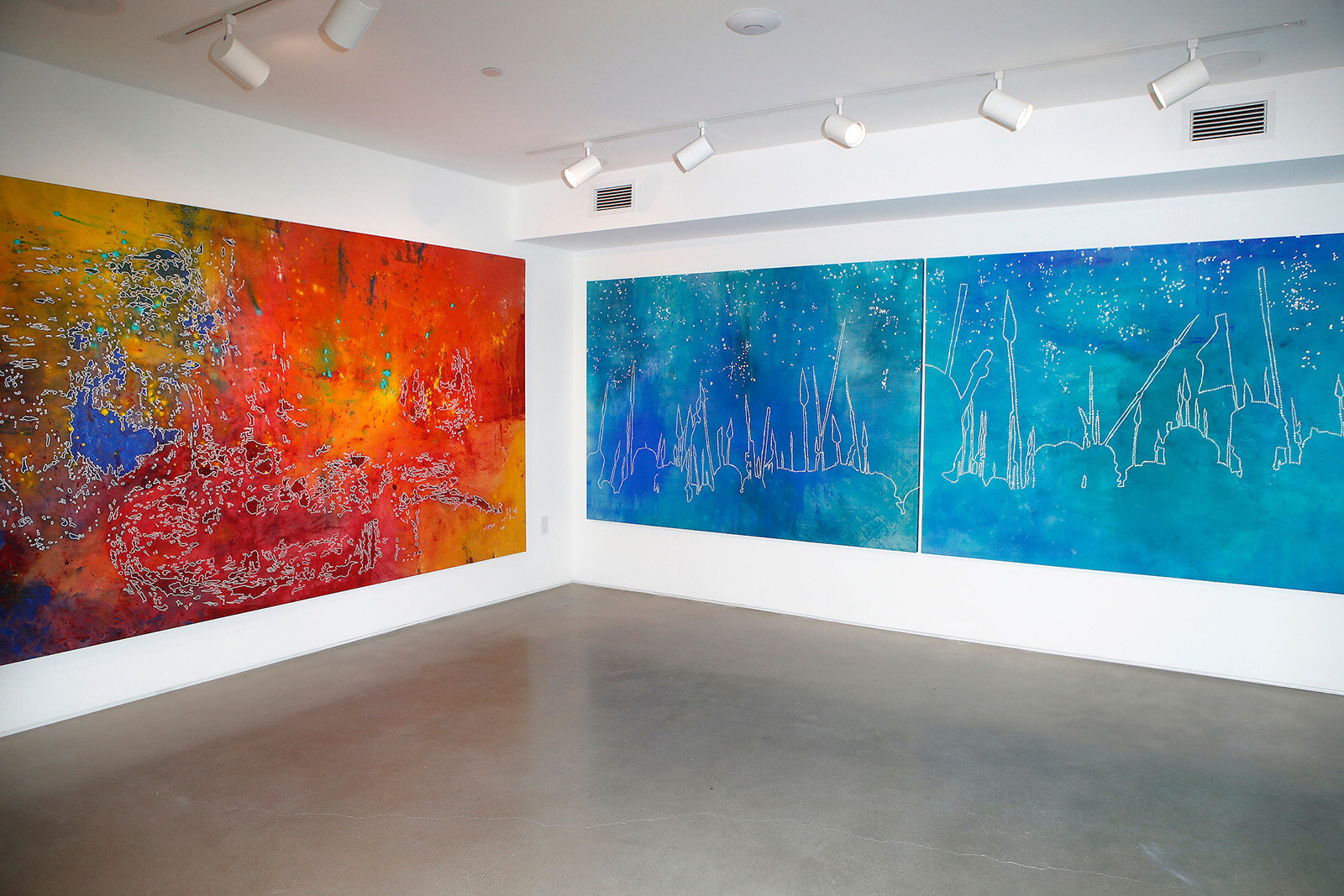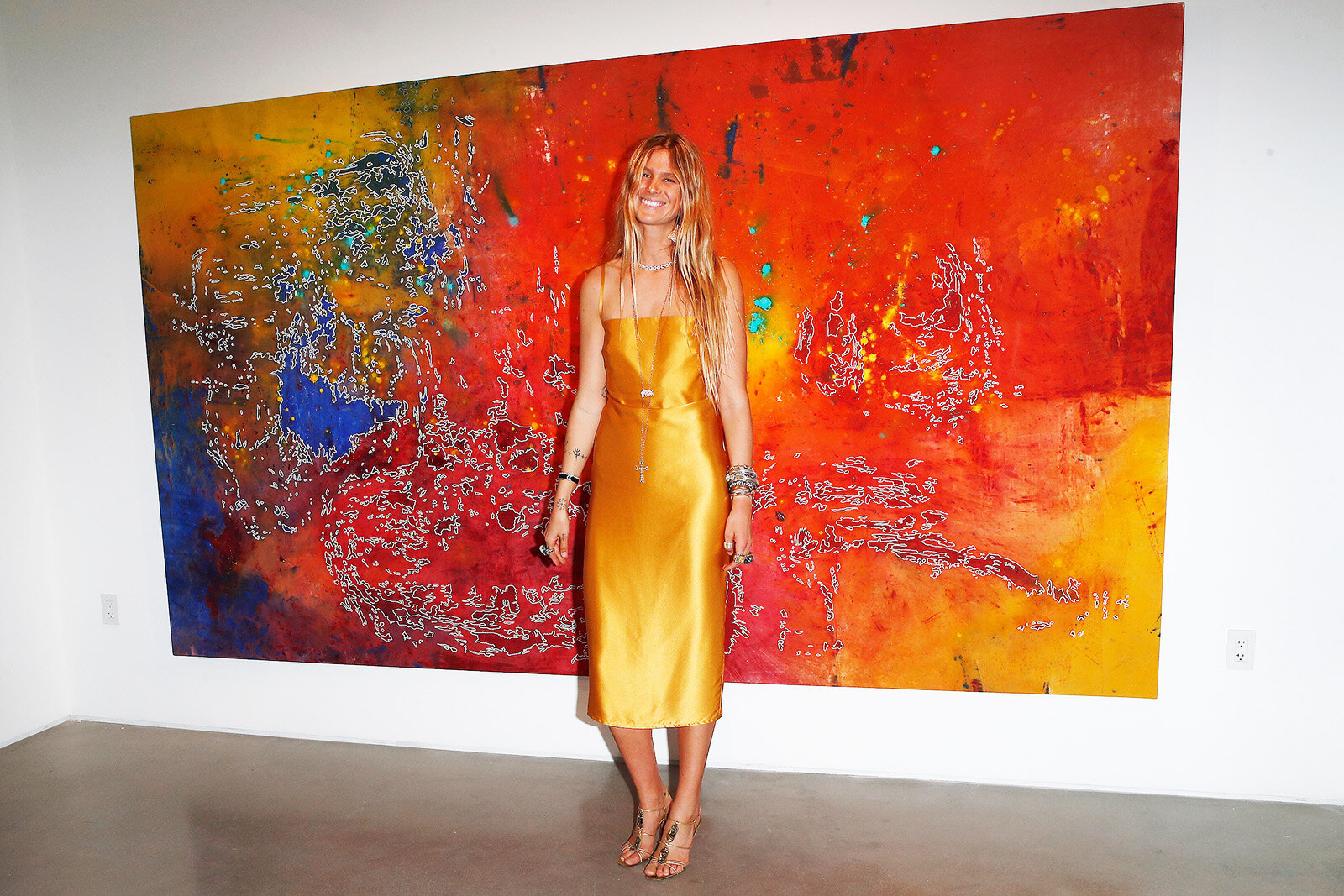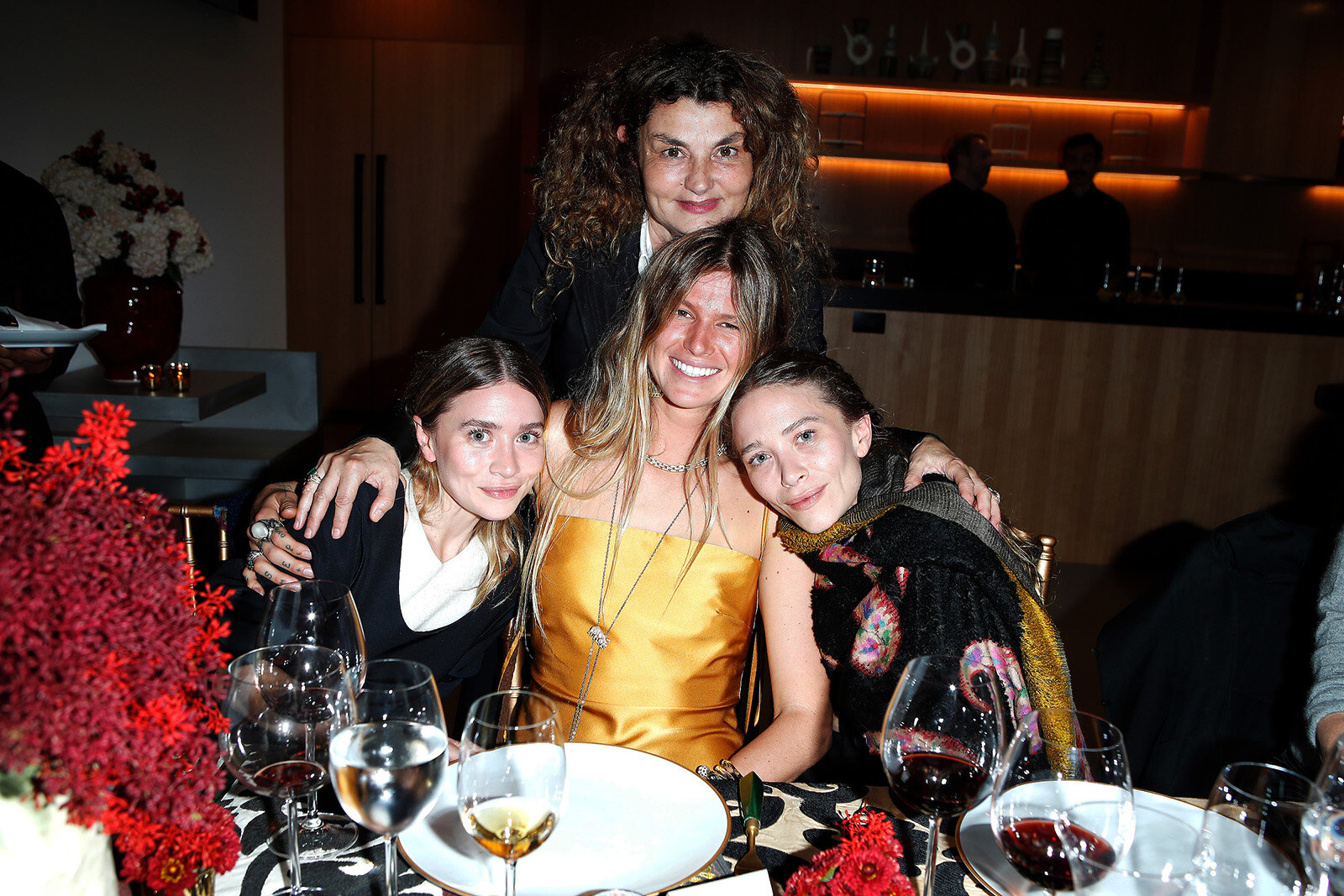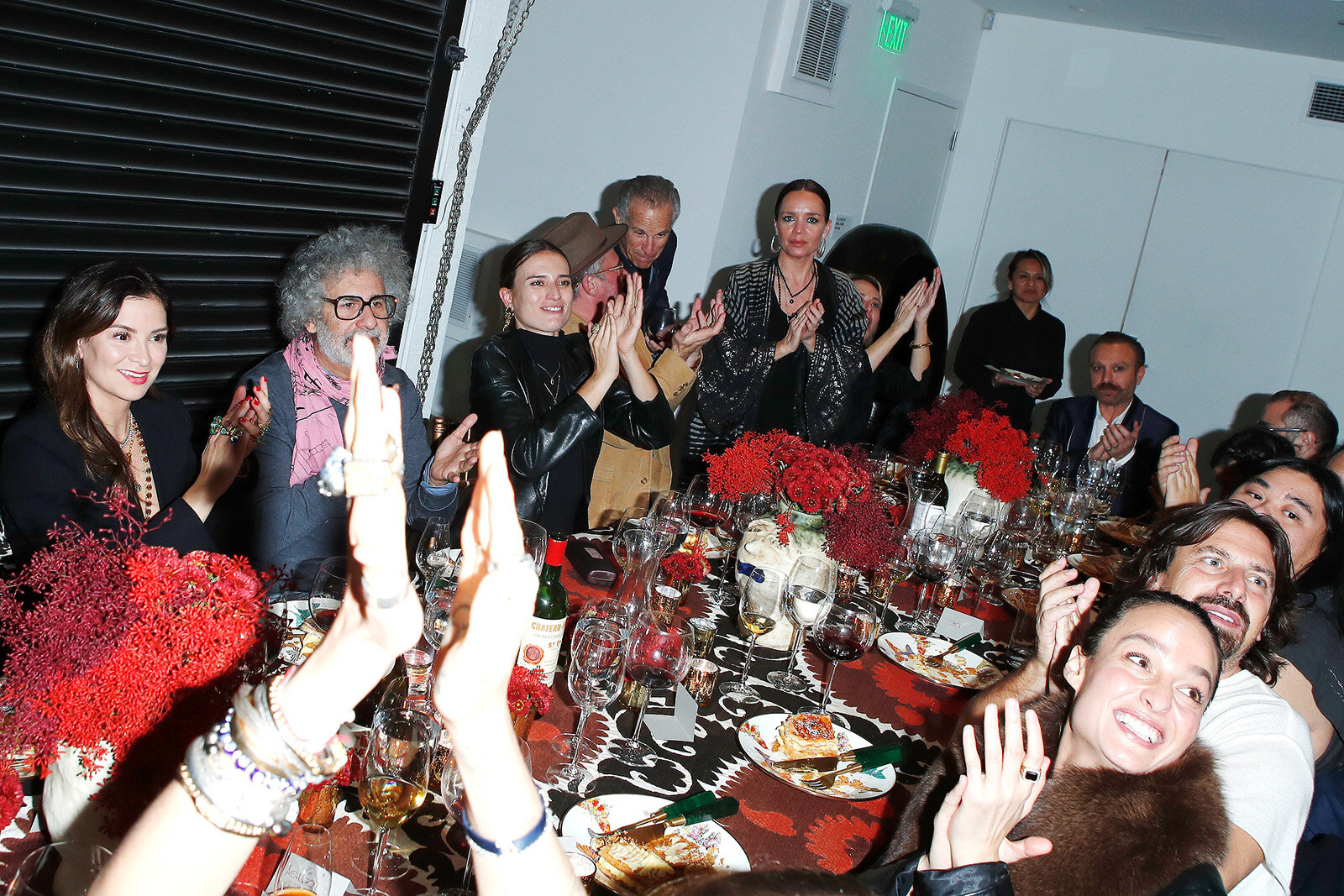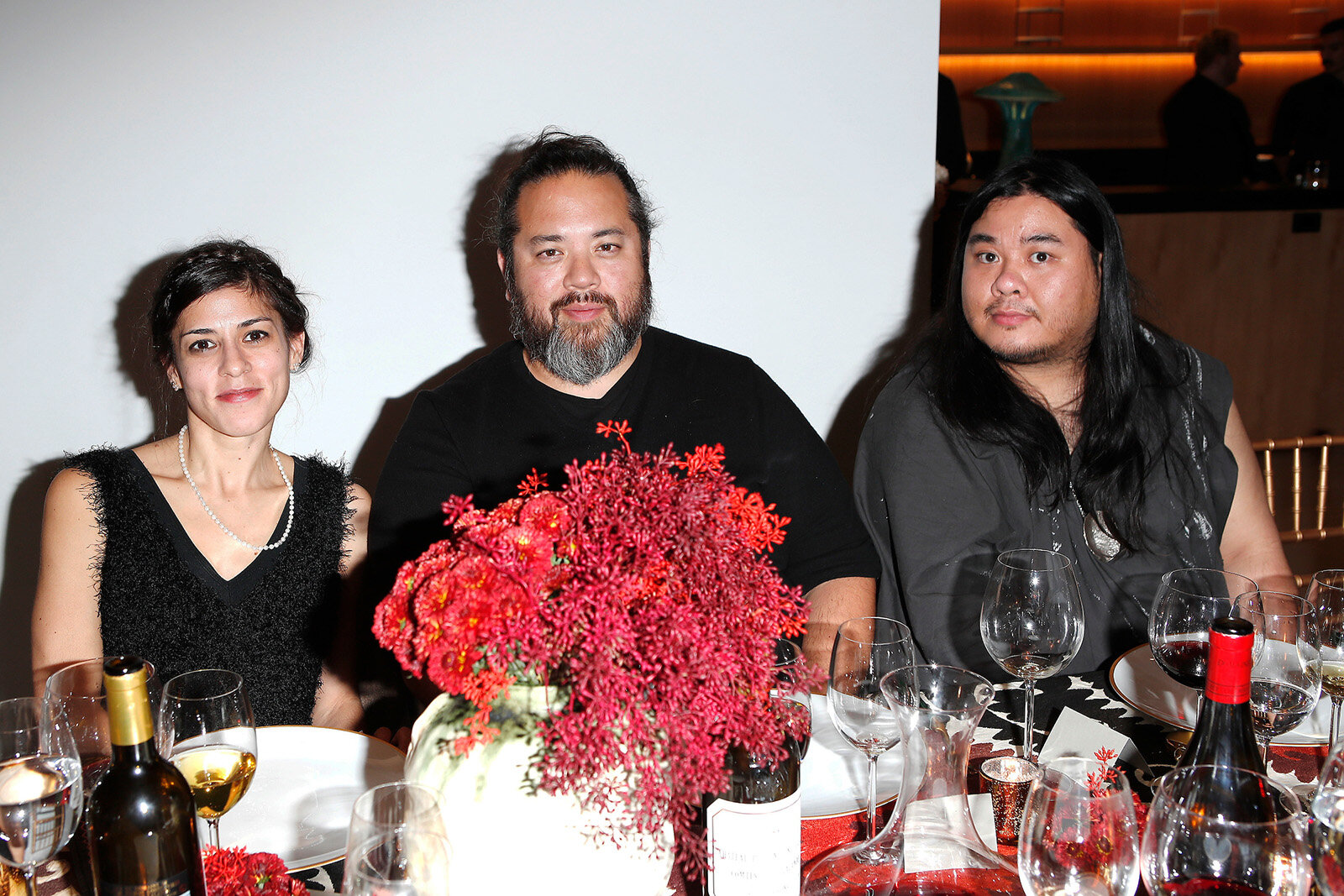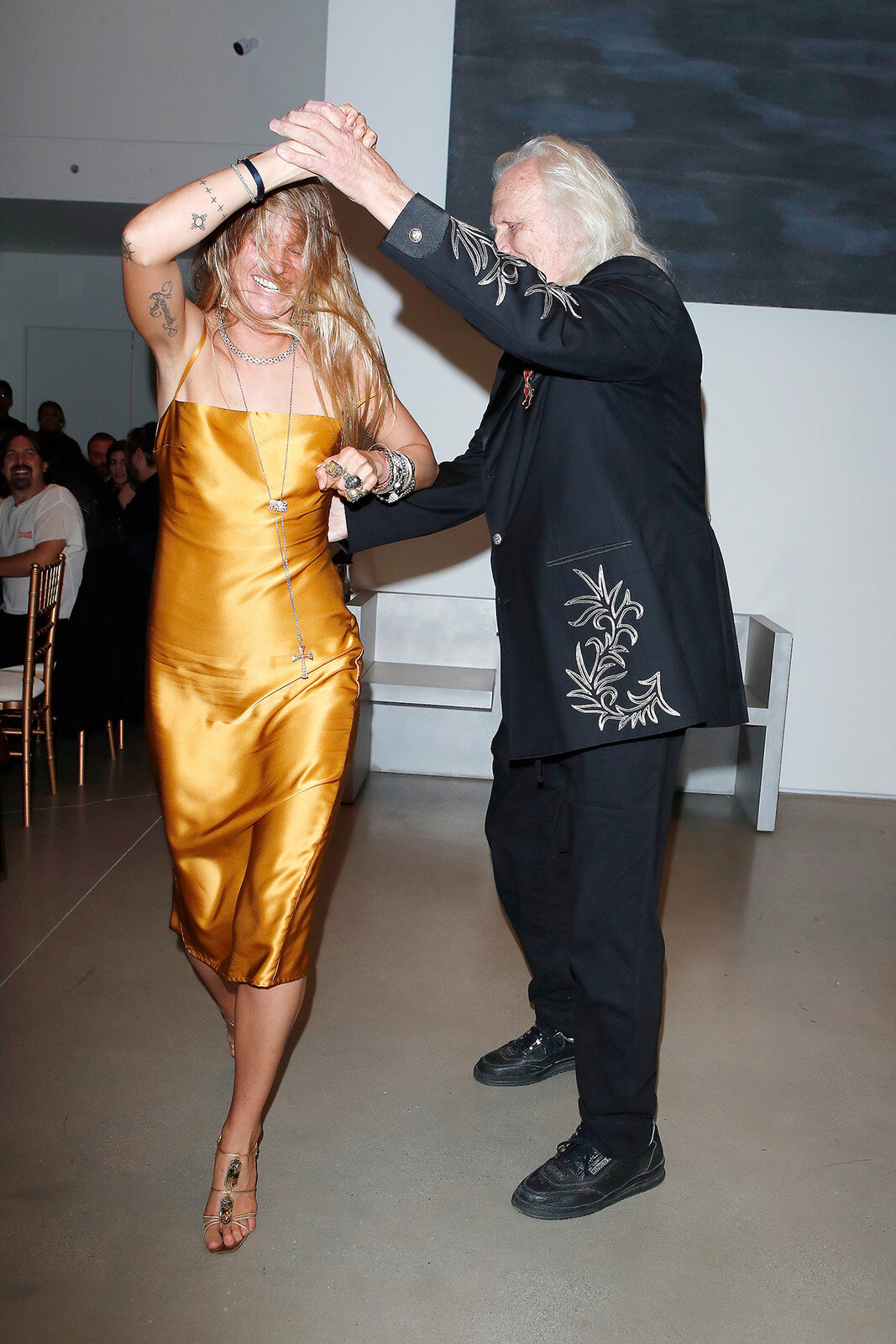“He must have had a really bizarre experience. He was sitting on his porch watching the movie of his life.”
interview by Poppy Baring
On The End, directed by Ari Selinger and scored by Eitan Selinger, tells the story of Tom Ferreira, a mechanic living in Montauk at the end of the glamorized Hamptons town. The film, which is heavily based on a true story and was made within feet of the home that inspired it, is a highly emotional chronicle of a contestable yet ultimately good-hearted man being bullied by property developers. The film not only reveals issues of greed and corruption, but it also tells the story of love and loss between Tom and fellow outcast Freckles. With local actors Tim Blake Nelson playing the former and Mireille Enos as the latter, a certain intimacy with the community lends the film a sense of sincerity. In this interview, Ari Selinger and his brother Eitan Selinger discuss their fraternal dynamic, their choices behind the score, and they reflect on the real Tom who inspired the film and passed shortly after it was made. Read More.


